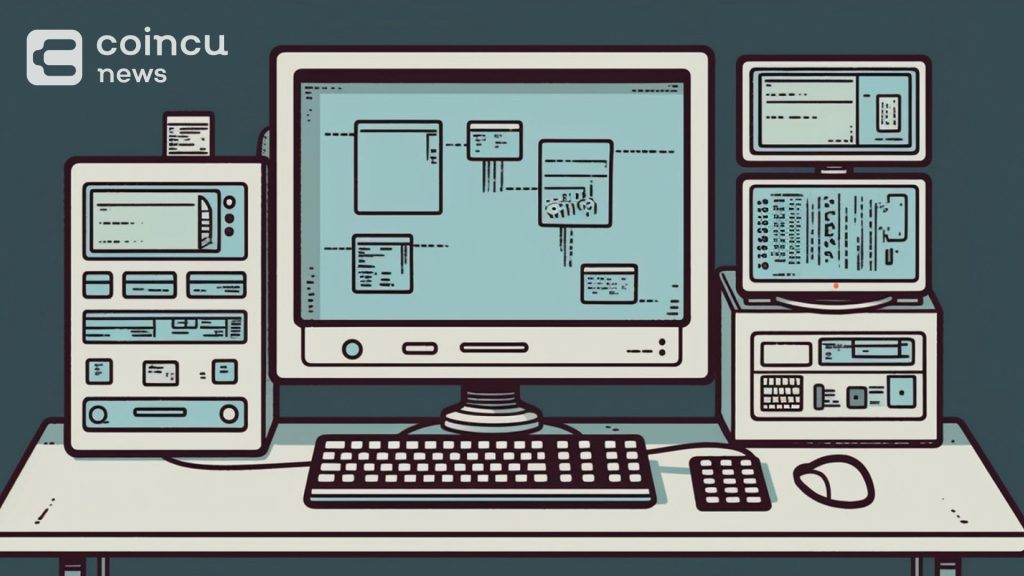Key Points:
- Visa’s new metric finds that over 90% of stablecoin transaction volumes lack genuine user engagement.
- Despite efforts from PayPal and Stripe, stablecoins face hurdles in adoption due to challenges in tracking value and tepid user demand.
- Analysts predict stablecoin value will surge, but barriers like user reluctance and traditional payment methods persist.
A recent metric co-developed by Visa Inc. suggests that over 90% of stablecoin transaction volumes lack genuine user participation, indicating a significant gap between stablecoins and mainstream adoption as a payment method, as reported by Bloomberg.

Visa’s Metric Reveals Stark Reality of Stablecoin Transaction Volumes
Visa, in collaboration with Allium Labs, introduced a dashboard aimed at filtering out bot-driven and large-scale trader-initiated transactions to identify those made by real individuals. Out of approximately $2.2 trillion in total stablecoin transaction volumes in April, only $149 billion stemmed from authentic payments activity, challenging the narrative that stablecoins, tied to assets like the dollar, are on the brink of transforming the $150 trillion payments industry.
Despite fintech giants like PayPal Inc. and Stripe Inc. making strides in integrating stablecoins, including PayPal’s PYUSD stablecoin launch last year and Stripe’s recent decision to allow merchants to accept stablecoins, the data underscores the current nascent state of stablecoin evolution as a payment instrument.
Analysts Predict Growth, but Barriers Remain for Stablecoin Adoption
Pranav Sood, executive general manager for EMEA at Airwallex, emphasized the need to improve existing payment infrastructure while acknowledging stablecoins’ long-term potential.
However, challenges persist in accurately tracking the value of crypto activity, with instances of double-counting in stablecoin transaction volumes depending on the platform used.
Despite predictions by analysts at Bernstein foreseeing the total value of all stablecoins reaching $2.8 trillion by 2028, tepid demand for stablecoin-based payment solutions persists due to perceived user-unfriendliness. This reluctance highlights the significant technological adoption gap, especially considering the prevalence of traditional payment methods like checks in the US business landscape.
As industry players navigate these challenges, the potential disruption stablecoins could bring to the payments sector remains uncertain, with companies like Visa facing potential implications should stablecoins gain widespread acceptance.
| DISCLAIMER: The information on this website is provided as general market commentary and does not constitute investment advice. We encourage you to do your own research before investing. |






















